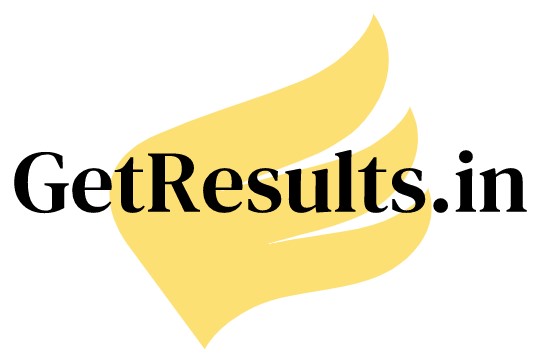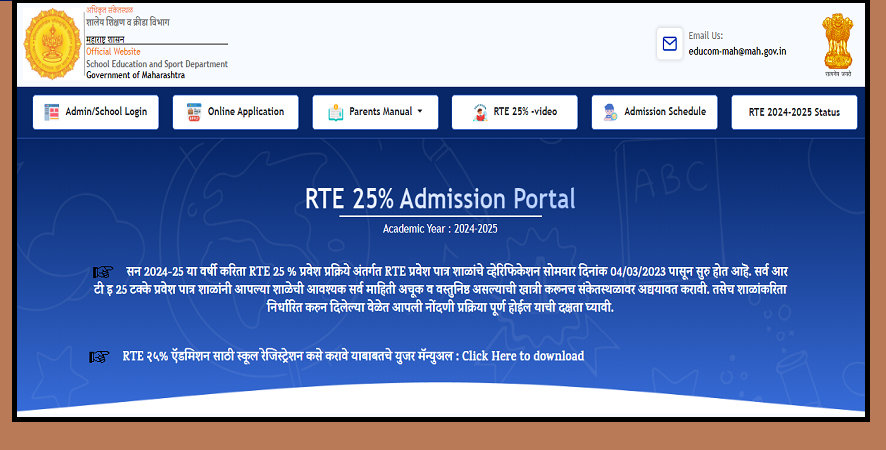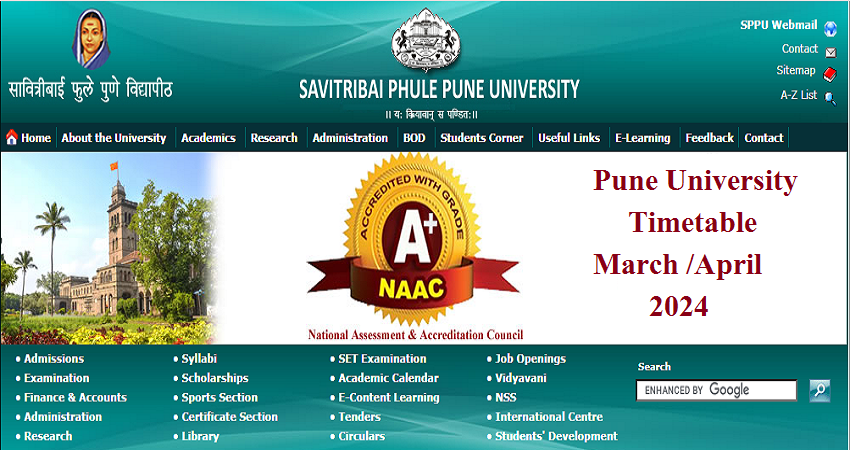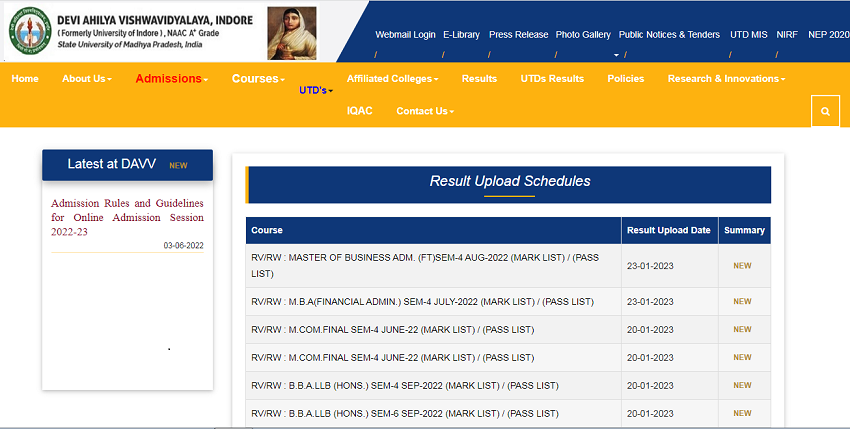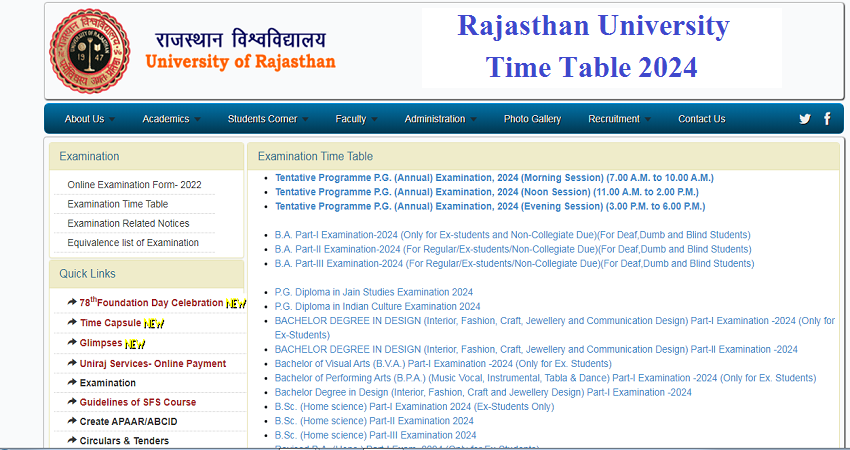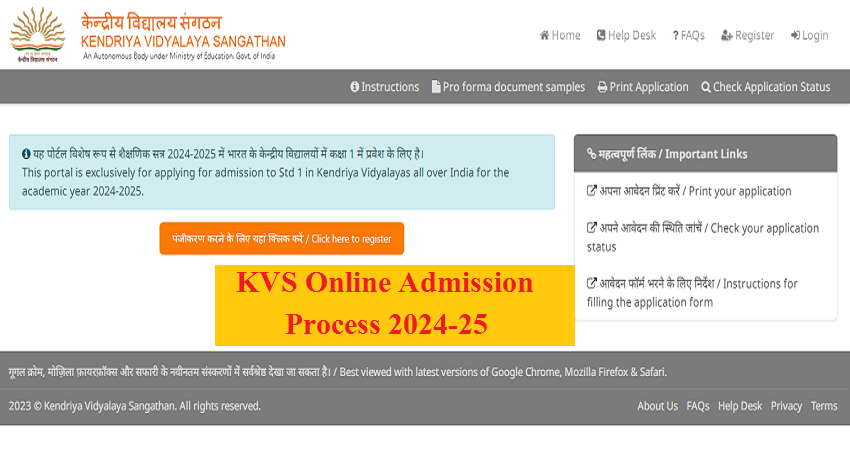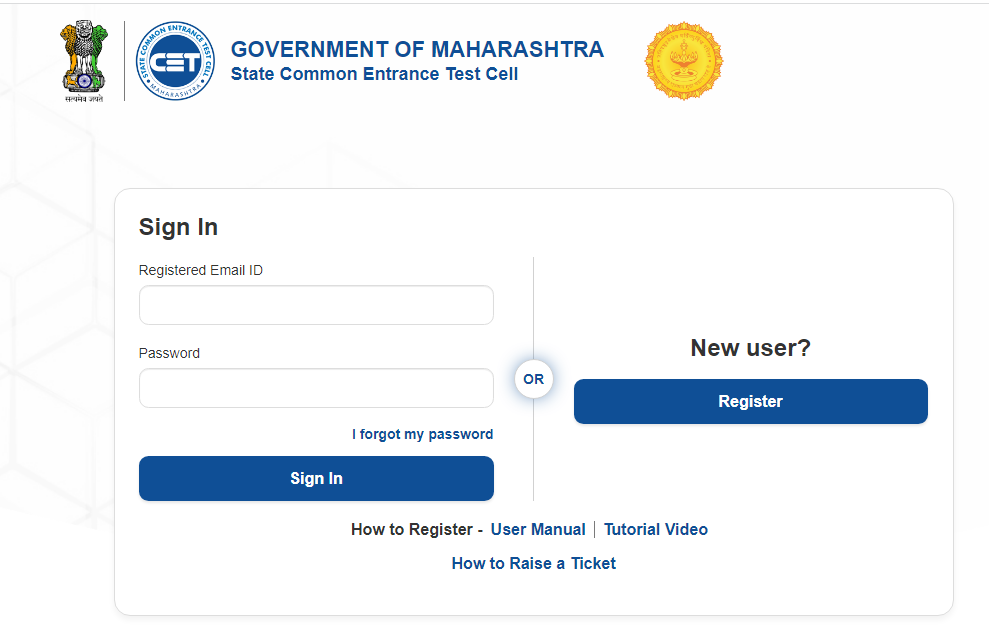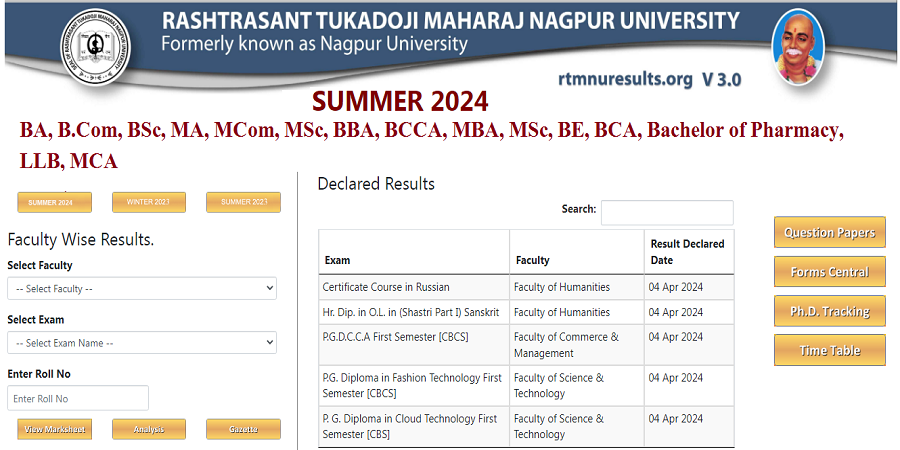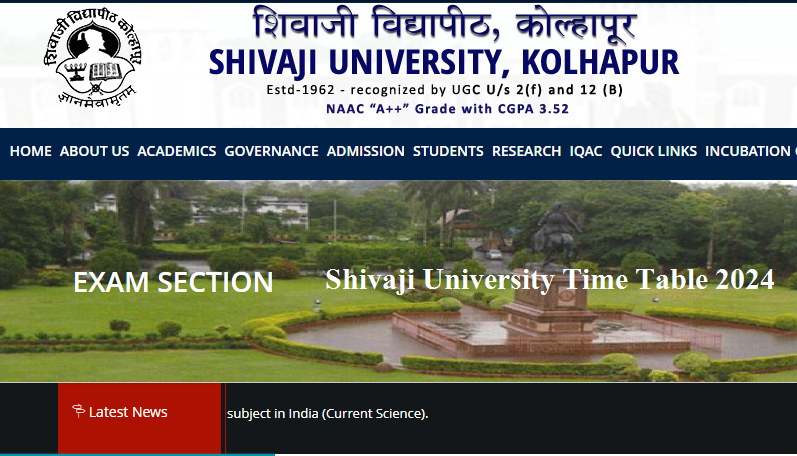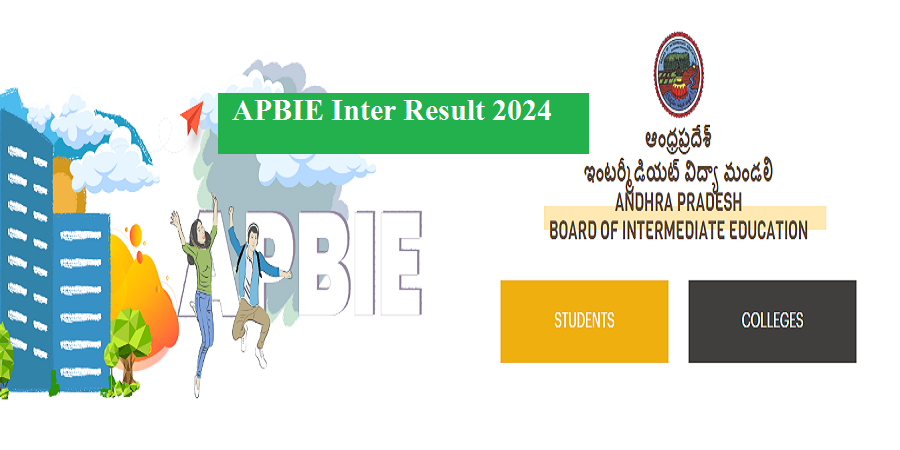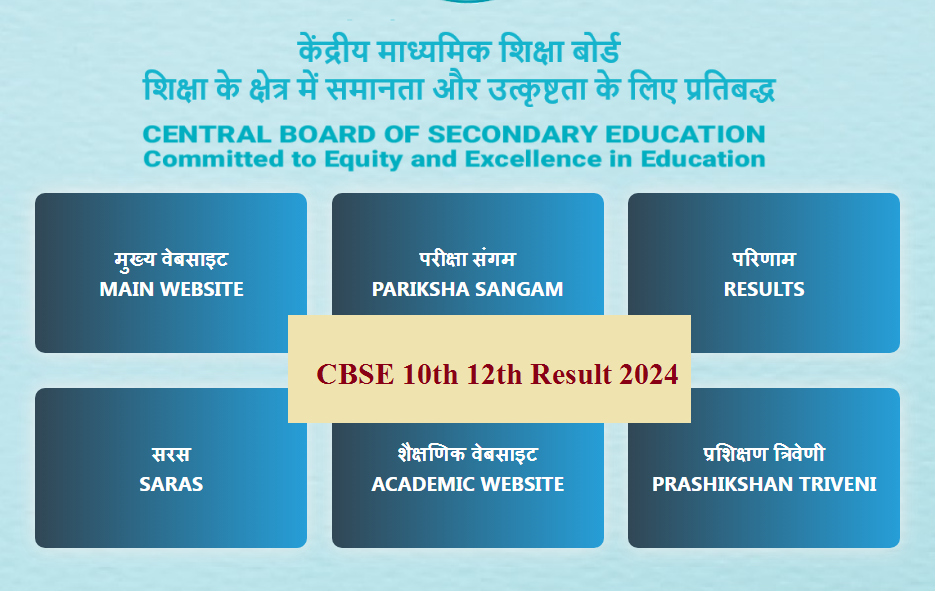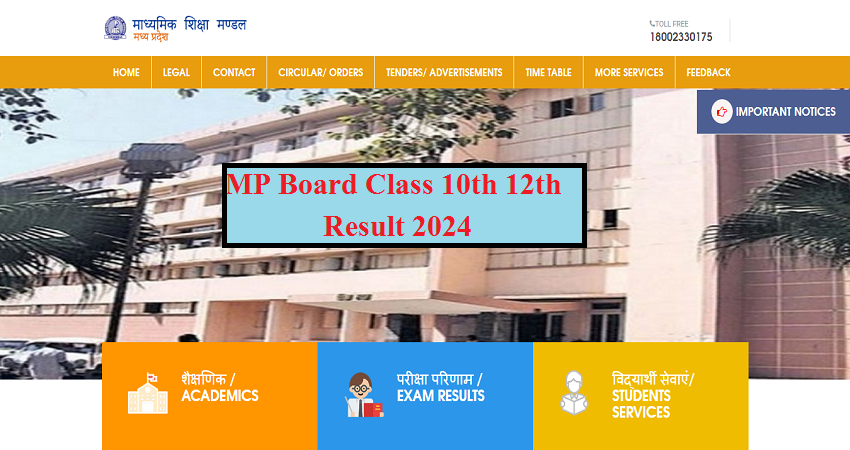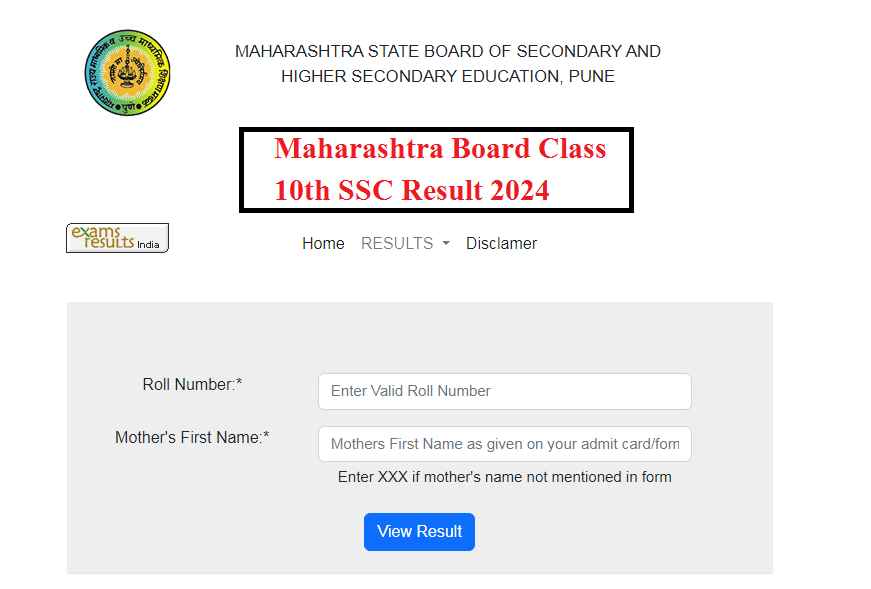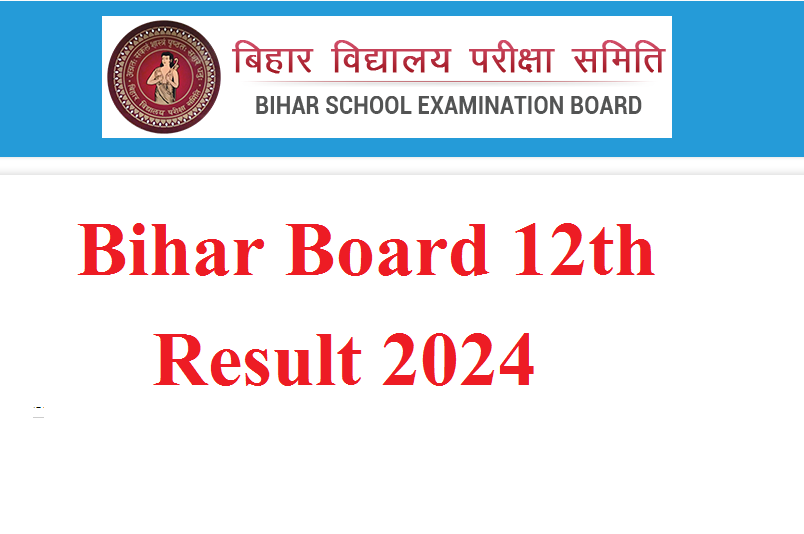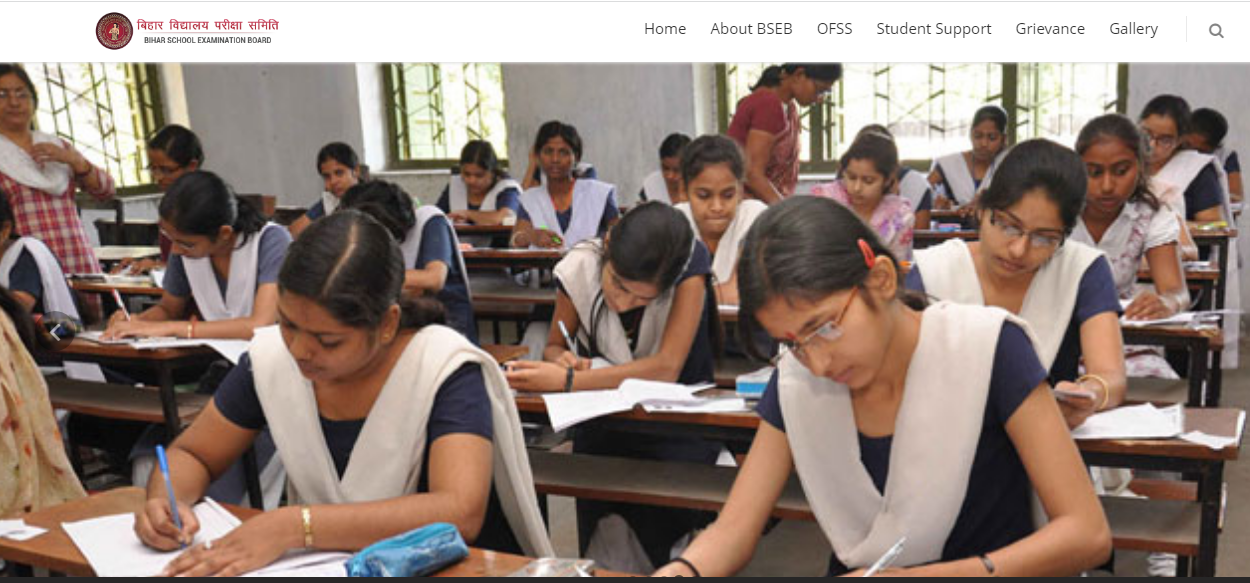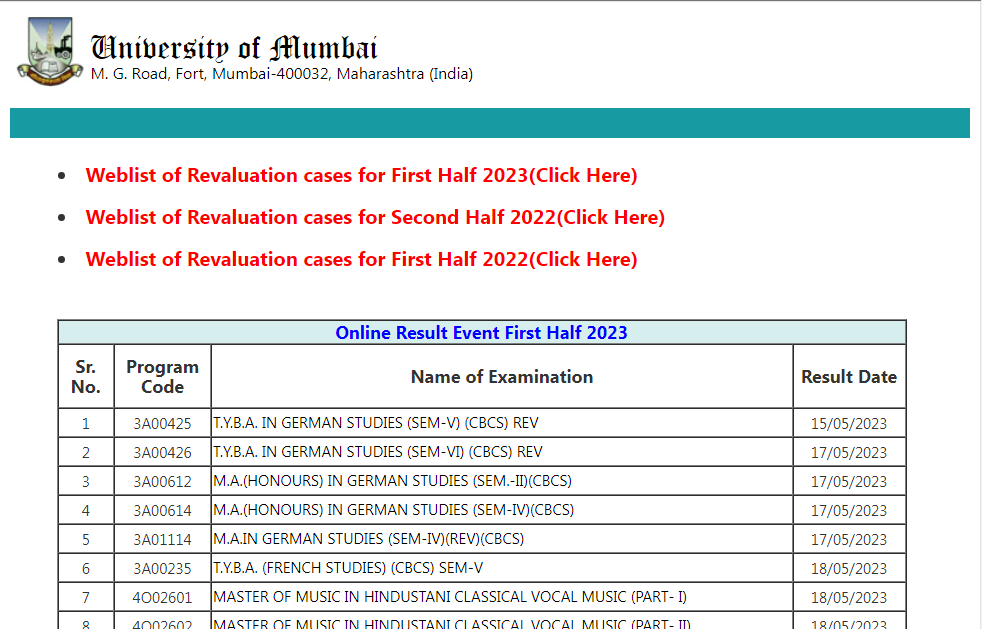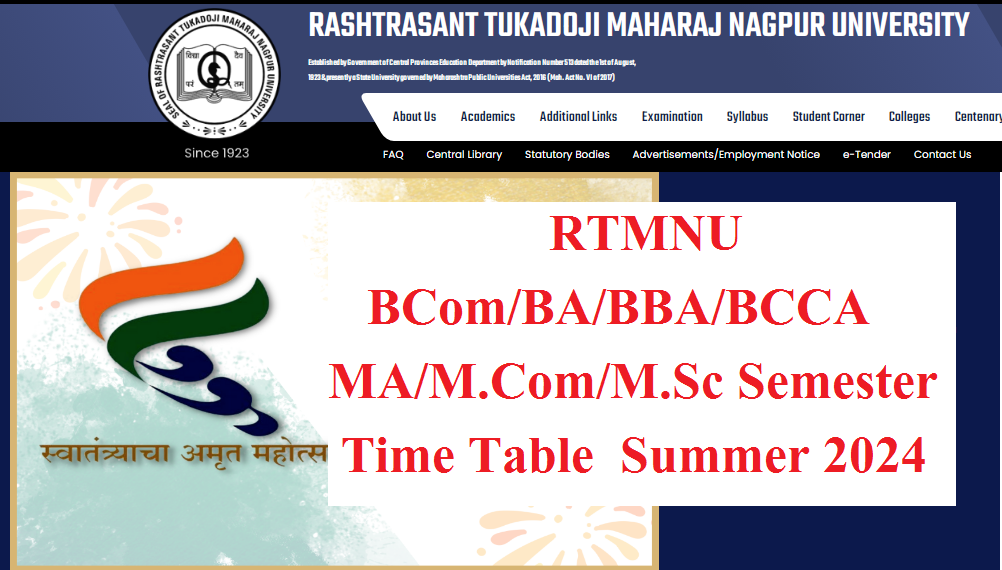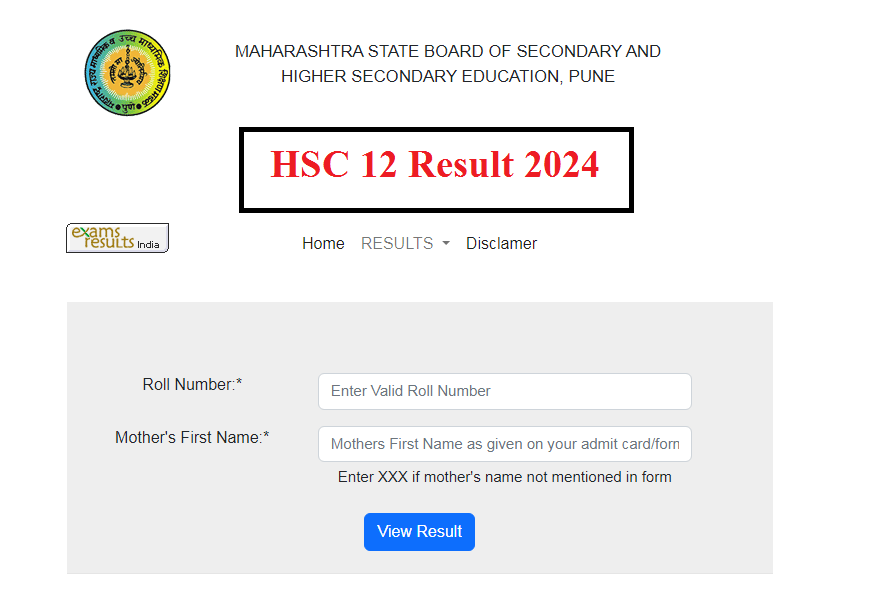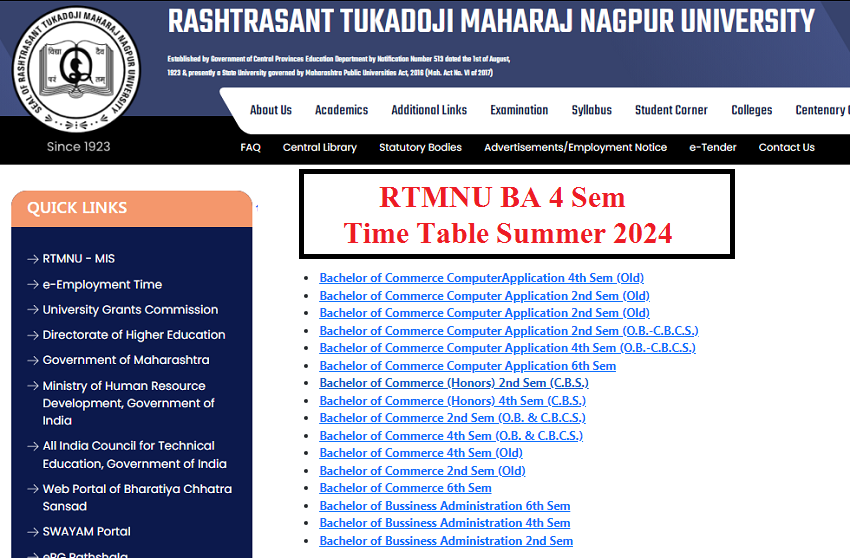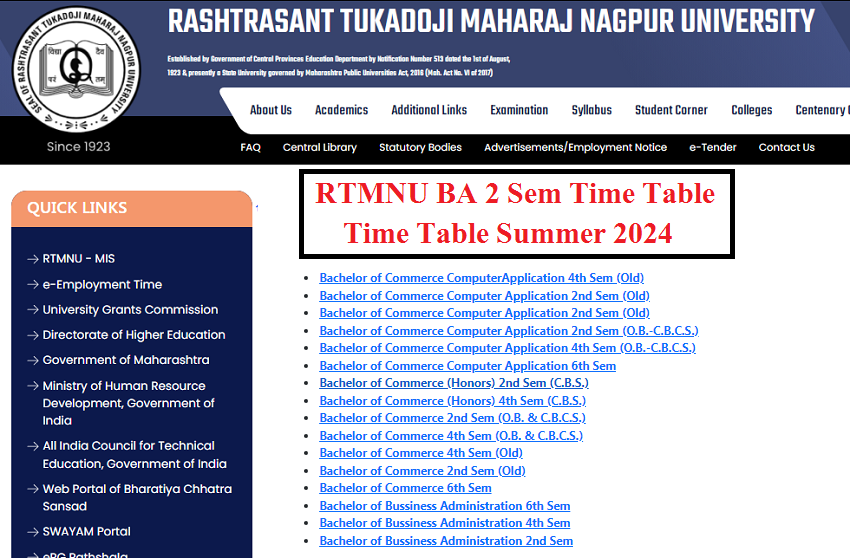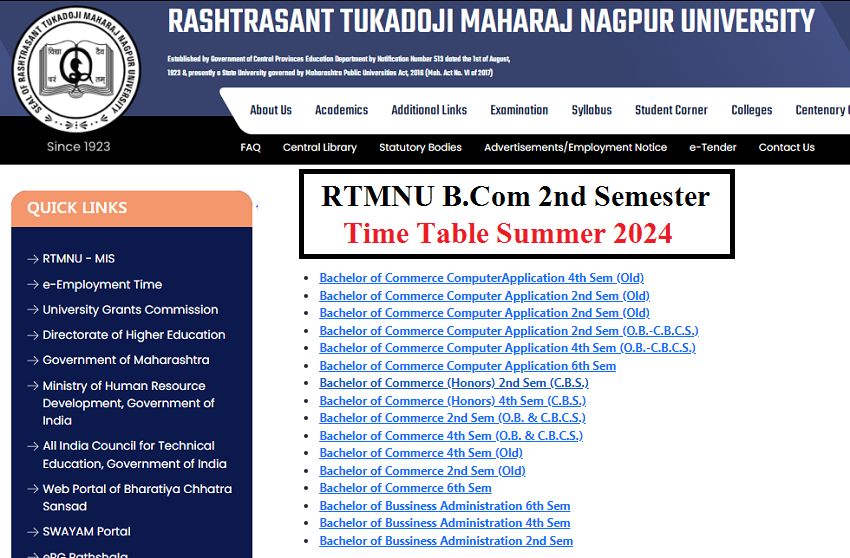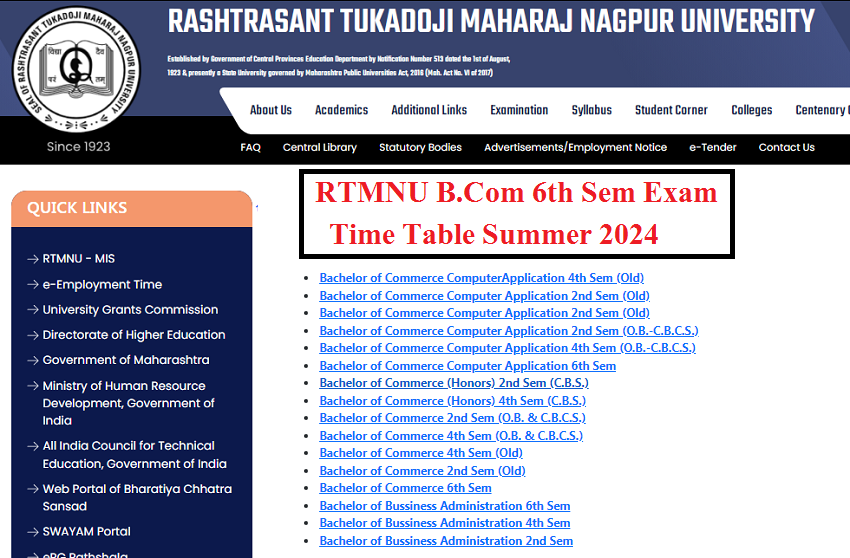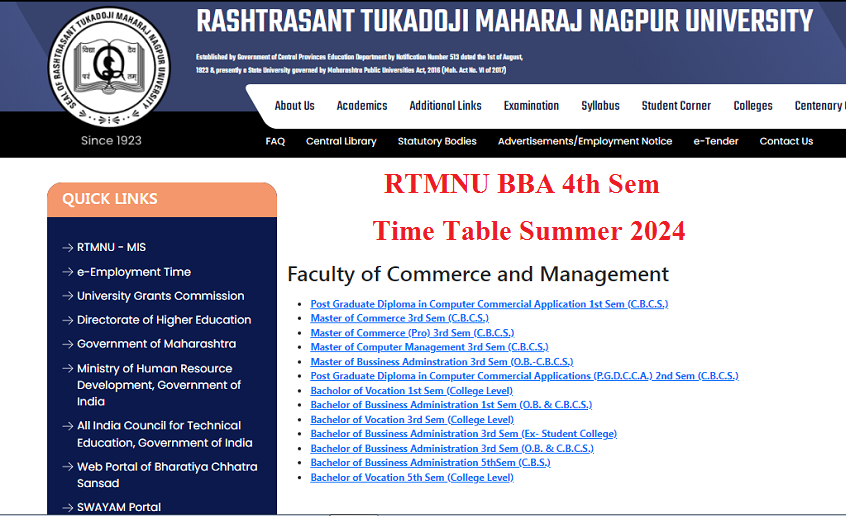RTMNU Revised BE Sem 2 Syllabus 2021
RTMNU Revised BE Sem 2 Syllabus 2021
RTMNU Revised BE Sem 2 Syllabus 2021 | Nagpur University BE Syllabus Part 1| RTMNU First Year BE Syllabus
Nagpur University New Syllabus 2021 is available for Downloading. The latest RTMNU Revised BE Sem 2 Syllabus 2021 is published by Nagpur University. The students looking for this syllabus can Download the PDF Syllabus from given respective Links. We keep adding More details about this Syllabus on this page. We given below the Details updated new syllabus. Students of RTMNU are requested to go though the detail syllabus. You can also download the PDF of syllabus from given link. For More updates keep visiting us.
RTM Nagpur University Revised B.E Sem 2 Syllabus 2021 -RTM Nagpur University B.E Second Semester New Revised Syllabus is given below for Downloading. The students can Download the respective Syllabus from following given details. Just go through the given links & read the given syllabus carefully. Nagpur University First Year New Semester Online Detail syllabus given below.
RTMNU Revised BE Sem 2 Syllabus 2021
Applied Mathematics – II (BESII-1)
UNIT – I : Integral Calculus-I (10 Hrs)
Beta and Gamma functions, Differentiation of definite integral, Mean Value and Root Mean Square Values.
UNIT – II: Integral Calculus-II (10 Hrs)
Tracing of curves (Cartesian and polar curves), Rectification of simple curves, Quadrature, volume and surface of solids of revolution (Cartesian, polar and parametric forms).
UNIT- III: Multiple Integrals and their Applications (12 Hrs)
Elementary double integrals, Change of variable (simple transformations), Change of order of integration, (Cartesian and polar), Applications to find Mass, Area, Volume and Centre of Gravity (Cartesian and polar forms), Elementary triple integrals.
UNIT – IV:Vector Differential Calculus (08 Hrs)
Vector triple product, Product of four vectors, Scalar point function, Vector point Function, Vector differentiation, Gradient, Divergence and Curl, Directional derivatives with their physical interpretation, Solenoidal and irrotational motions.
UNIT- V : Vector Integral Calculus (10 Hrs)
Vector integration, Line, Surface and Volume integrals, Statement (without proof) of Stoke‟s theorem, Gauss divergence theorem and Green‟s theorem, Simple applications of these theorems.
UNIT – VI: (10 Hrs)
(A) Statistics
Fitting of straight line y a bx , Parabola 2 y a b x c x and Exponential curves by method of least squares, Lines of regression and Correlation, Rank correlation.
(B) Finite Differences:
Operator E and , Factorial notations, Langrange‟s interpolation formula for unequal intervals, Difference equations with constant coefficients.
Books Recommended:
1. Higher Engineering Mathematics: B. S. Grewal
2. Applied Mathematics Volume I & II: J. N. Wartikar
3. Textbook of Engineering Mathematics: Bali, Iyenger ( Laxmi Prakashan)
RTMNU Revised BE Sem 2 Syllabus 2021
Advanced Physics (BESII-2T)
Unit – I: Lasers & Wave Optics (07 Hrs)
Spatial and temporal coherence of a light wave, Quantum Transitions: Absorption, Spontaneous emission & stimulated Emission, Metastable states, Pumping schemes, Principle of laser, Laser characteristics, Components of a laser, Principle & working of He-Ne, Ruby & Semiconductor lasers, Applications.
Interference in thin films, Interference in Wedge shape thin film, Newton‟s rings, Anti-reflection coating, advanced applications of interference in thin film.
Unit – II: Electron Ballistics (05 Hrs)
Lorentz force, Motion of changed particles in uniform electric and magnetic fields: parallel, perpendicular and at an acute angle, Effect of electric and magnetic fields on kinetic energy of charged particle, Crossed electric and magnetic field configurations, Velocity filter, Electrostatic and magnetostatic deflection.
Unit – III: Electron Optics (06Hrs)
Bethe‟s law, Electric and Magnetic focusing, Construction & working of Electrostatic lens, Devices: CRT, CRO, Block Diagram, Function & working of each block, Bainbridge mass spectrograph, Cyclotron.
Unit – IV: Optical Fiber & Nanoscience (12Hrs)
Optical fibers: Propagation by total internal reflection, structure and classification (based on material, refractive index and number of modes), Modes of propagation in fiber, Acceptance angle, Numerical aperture, Attenuation and dispersion. Light sources and Detectors.
Applications: I) As a Sensors – i) Temperature Sensor ii) Pollution / Smoke detector iii) Liquid level sensor.
II) As a Detectors- i) PIN detector ii) Avalanche Detector.
Introduction to nanoscience and nanotechnology, Classification of nano materials, Synthesis of Nanomaterials, General idea about physical and chemical methods. e.g; Physical Vapour
Deposition and Sol gel method. Comparison of properties of nanomaterials with bulk materials, Some special nanomaterials:
1) Zeolites, 2) Graphine,
Application of nanomaterials in engineering, Impact of Nanoscience and nanotechnology .
Books recommended:
Text Books:
Fundamentals of Physics: David Halliday, Robert Resnick and Jerle Walker, John-Wiley India(8e, extended)
A text book of Engineering Physics: M. N. Avadhanulu, S. Chand & Co.
Nano The Essentials: Understanding Nanoscience and Nanotechnology, T.Praddep; TMH Publications.
Introduction to Nanotechnology:Pooly & Owens; Willey Publication
Text Book of Optics: Brijlal and Subramanyam (S. Chand and Company)
Laser: M. N. Avadhanulu, S. Chand & Co.
Reference Books:
LASERS: Theory and Applications: Thyagarajan K and Ghatak A.K.
Nanomaterials & Nanotechnologies and Design:M.F.Ashby, Paulo Ferreira and Daniel L.Schodek, Elsevier
Publications.
University Physics: Young and Freedman (Pearson Education).
Optics: Jenkins and White (Tata Mcgraw Hill)
Advanced Physics (BESII-2P)
(Total Credits: 01)
Teaching Scheme Examination Scheme
Practical: 2 Hours / Week Practical
List of Experiments in Advance Physics:
1. Study of Cathode Ray Oscilloscope.
2. Determination of phase difference and frequency of electrical signals using C.R.O.
3. Interference in thin films: Newton‟s ring experiment.
4. Laser source: Determination of Wavelength by Diffraction Grating
5. Refractive Index of Transparent liquid By Newton‟s Rings.
6. Optical fiber: Acceptance angle and numerical aperture determination
7. Study of Double Refraction.
8. Measurement of attenuation in optical fiber.
9. Interference in thin films: Study of wedge shaped thin film.
10. Determination of Refractive Index of Prism.
11. Determination of wavelength of sodium light using diffraction grating.
12. Determination of e/m of an electron.
Note: Performance of at least six experiments is compulsory in a semester.
RTMNU Revised BE Sem 2 Syllabus 2021
Materials Chemistry (BESII-3T)
Unit – I: Energy-I (10 Hrs)
Fuels: Introduction: Calorific value, Higher and lower calorific value; determination of calorific value by Bomb and Boy‟s calorimeter; numerical based on calorific value determination;
Solid fuels-significance of proximate and ultimate analysis; numerical (Dulong‟s formula)
Composition, properties, advantages, limitations and applications of bio-diesel, LPG, CNG
Non-conventional energy sources: General applications advantages and limitations of non-conventional energy sources.
Rocket propellants: Principle and classification of propellants.
Unit – II: Energy-II (10 Hrs)
Liquid fuels –fractional distillation of crude petroleum(boiling point wise separation only) use of gasoline and diesel in internal combustion engine: knocking and chemical constitution of fuel, Octane and Cetane number, doping agents, fischer-tropsch process for manufacturing synthetic gasoline; cracking of petroleum-principle, types , catalysts used, advantages
Combustion calculations – Numericals based on combustion calculations for solid, liquid and gaseous fuels.
Unit – III: Lubrication (10 Hrs)
Lubricants- Introduction, mechanisms-Hydrodynamic, boundary and extreme pressure lubrication; Classification-solid, semisolid and liquid lubricants;
Biodegradable lubricants-properties, application, advantages and limitations;
Synthetic lubricants-Silicones ,Lubricating emulsion; Properties of greases-drop point test and consistency test; Properties of liquid lubricants:-Acid value, saponification number, flash and fire point, viscosity and viscosity index, Aniline point, Cloud and Pour Point, Criteria for selection of lubricants-IC engine, refrigeration, gear, transformer, steam turbine, delicate mechanical system.
Unit – IV :Advanced materials (10 Hrs )
Properties and applications – Biodegradable polymers-polylactic acid (PLA) and Polycaprolactone(PCL).
Conducting polymers – polycetylene, polyaniline. Polypyrrole,
Composite materials-introduction, general classification –Particle reinforced , fibre reinforced, structural and its industrial applications.
Liquid crystal polymers-general properties and application.
Nanomaterials-Definition, nano scale. Carbon nano tubes (CNT)typses and difference between Single wall NT, Multi wall NT; applications of nanomaterials in medicine, environment and electronics.
Books Recommended:
Text Books:
1. Text Book of Engineering Chemistry; S.S. Dara, S. Chand and Company Ltd. New Delhi.
2. Engineering Chemistry: Arti Dixit, Dr. Kirtiwardhan Dixit, Harivansh Prakashan, Chandrapur.
3. Textbook of Engineering Chemistry: P.C. Jain and Monica Jain, Dhanpat Rai and Sons, New Delhi.
4. Textbook of Engineering Chemistry: S.N. Narkhede, R.T. Jadhav, AB. Bhake, A.U. Zadgaonkar, Das Ganu Prakashan, Nagpur.
5. Applied Chemistry: A.V. Bharati and Walekar, Tech Max Publications, Pune.
Reference Books:
1. A Text book of Engineering Chemistry : Shashi Chawla; Dhanpat Rai & sons, New Delhi
2. Chemistry in Engineering : Lloyd a. Munro, Prentice-hall, Inc Nj
3. Chemistry of Advanced Materials : CNR Rao, Rsc Pbl‟
4. Chemistry of Engineering Materials: Robert B Leighou Mc Graw – Hill Book Company, Inc New York
5. Engineering Materials: Kenneth G Budinski (Prentice – Hall of India)
6. Fuels and Combustion : Amir Circar, Orient Longmans
7. Materials science and engineering an introduction:William D. Callister, (Jr. Wiley publisher)
8. Polymer science and technology: Joel R Fried (Prentice- Hall of India)
Materials Chemistry (BESII-3P)
(Total Credits: 01)
Teaching Scheme Examination Scheme
Practical: 2 Hours / Week Practical
List of Experiments – Any Eight experiments should be performed out of the following:
1. Determination of acid Value of lubricating Oil
2. Determination of Viscosity of lubricating oil at different temp by Redwood Viscometer No. 1 or No.2
3. Adsorption of acetic acid on charcoal.
4. Determination of flash point of lubricating oil by Cleveland‟s apparatus open cup.
5. Determination of by flash point of lubricating oil Abel‟s apparatus closed cup
6. Determination of by flash point of lubricating oil Pensky Martins apparatus close cup
7. Determination of moisture content of coal.
8. Determination of volatile matter content of coal.
9. Determination of ash content of coal.
10. Saponification number of animal/vegetable oil.
11. Determination of molecular weight of a polymer by viscosity measurements.
12. Determination of carbon residue of lubricating oil by conradson‟s Apparatus.
13. consistency and Penetration test of grease
14. Saponification of acetic acid.
15. Determination of calorific values of a solid fuel using Bomb Calorimeter.
16. Preparation of Biodiesel and its characterization.
Laboratory Manual:
1. Applied Chemistry theory and practical O.P. Virmani and A.K.Narular (New Age International).
2. Laboratory Manual on Engineering Chemistry by Dr. Subdharani (Dhanpat Rai Publishing)
3. A Textbook on experiment and calculation in engineering chemistry by S.S. Dara S.Chand
4. Inorganic quantitative analysis, Vogel. (Prentice Hall).
RTMNU Revised BE Sem 2 Syllabus 2021
Engineering Mechanics ( BESII-4T )
Unit – I :
Important Vector Quantities: ( 10 Hrs )
Position-vector, moment of a force about a point about an axis, couples, couple moment as a free vector.
Equivalent force systems:
Resultant of a 2 dimensional distributed loads and three-dimensional general force system Wrench.
UNIT – II :
Equations of Equilibrium: ( 10 Hrs )
Free body diagrams, Equations of equilibrium coplanar concurrent and Non-concurrent systems, General spatial force system.
Analysis of simple pin jointed frames by method of joints method of sections.
Friction forces: Law of Coulomb friction, problems involving dry friction, simple applications like wedges and band brakes.
Unit – III : (10 Hrs)
Centriods and Moments of Inertia:
Second Moment and products of inertia of plane areas, Moment of inertia of masses. Transfer theorems for moment of inertia and Product of inertia, Polar moment of inertia, Principal axes, Mohr‟s circle of inertia.
Introduction of Virtual work theorem:
Principle of Virtual work applied to equilibrium of Mechanisms, simple beam, Pin jointed frames.
Unit -IV: (10 Hrs)
D’Alembert„s Principle, work Energy method, (Expressions based on center of mass).
Methods of Momentum : Linear impulse momentum, considerations for a system of particles, Consideration of linear momentums, Elastic impact of two bodies, Direct central impact.
Books Recommended:
1. Engineering Mechanics: F.L Singer
2. Engineering Mechanics: Tmoshenko & Young
3. Engineering Mechanics: Bear and Johnson
4. Engineering Mechanics: I.H.Shames
5. Engineering Mechanics: R.D.Askhedkar & P.B.Kulkarni
Engineering Mechanics ( BESII-4P )
(Total Credits: 01)
Teaching Scheme Examination Scheme
Practical: 2 Hours / Week Practical
Minimum 08 experiments based on the theory.
Advanced Electrical Engineering (BESII-5)
Unit – I : Introduction to Electrical Power System : (8Hrs)
Introduction to Power Generation (Thermal, Hydro, Nuclear, Wind, and Solar) with block schematic presentation only. Single line diagram for Generation, Transmission & Distribution through different voltage levels; Low voltage distribution system (Over head & Underground, single phase & three phase)
Necessity of equipment earthings, Fuses (Rewirable & HRC), MCB, ELCB (Elementary concepts only), Basic operation of UPS & Invertors (Block schematic representation).
Unit – II :DC Machines (12Hrs)
Construction of a D.C Machine (without details of armature winding), Principle of working as a generator and as a motor, EMF equation of a DC machine, types of DC machines.
Concept of Back EMF, speed and torque equations, characteristics of motors, necessity of
starters, Applications of DC motors.
Unit – III :Utilization of Electrical Energy Tariff (8Hrs)
One part (KWH based) tariff with simple numerical: Students should be able to calculate the domestic electricity charges.
Illumination:
Definitions of luminous flux, luminous intensity, candle power, illumination, luminance, luminous efficiency (lumens/watt) of different types of lamps, working principle of Fluorescent/ Sodium Vapour/ Mercury vapour & CFL Lamps. Simple numerical to determine number of lamps to attain a given average lux level in an area.
Unit – IV :AC motor (12Hrs)
Three-phase Induction Motors : Working principle, types & constructions of three phase Induction Motor, synchronous speed, torque, slip, torque -speed characteristic, application (No numerical).
Single Phase Induction Motor: Types of single phase Induction motors, operating principle and their applications.
Books Recommended:
1) Basic Electrical Engineering, S.N. Singh, PHI, Learning Private Limited.
2) A Text Book Of Electrical Technology, B. L. Tharaja and A. K. Tharaja, S. Chand Publication (Volume II & III)
3) Electrical Machines M. N. Bandyopadhya, PHI, Learning Private Limited.
4) Electrical Machines, Ashfaq Husain, Dhanpatrai Company, 4th edition.
5) Basic Electrical Engineering, D.C. Kulshreshtha, revised 1st edition, Tata Mc-Graw Hill education pvt. Ltd.
6) Generation of Electrical Energy- B. R. Gupta 4th Edition S Chand Publication
7) Testing Commissioning Operation & Maintenance Of Electrical Equipment – S. Rao Khanna Publication
Engineering Graphics – II (BESII-6)
Total Credits: 03
Teaching Scheme Examination Scheme
Tutorial: 1 Hour/Week Practical
Introduction to CAD (10 Hrs)
Advantages of using Computer Aided Drafting (CAD) packages, applications of CAD, basic operation of drafting packages, use of various commands for drawing, dimensioning, editing, modifying, saving and printing/plotting the drawings. Introduction to 3D primitives.
Sections of Solids (08 Hrs)
Types of section planes, types of sectional views i. e. sectional FV , sectional TV, sectional SV, to project sectional views of above solids cut by different section planes (when solid is in simple position , when axis is parallel to one & inclined to other reference planes ), to find true shape of sections.
Development of Lateral Surfaces (DLS) of Solids (06 Hrs )
Applications of DLS, method of development, development of lateral surface of above solids, development of lateral surface of cut solids.
Interpretation of Given Views/Missing Views (06 Hrs)
Identification of lines/edges and surfaces, visualization of given orthographic views, adding a missing/third view.
NOTE – ONLY FIRST ANGLE METHOD OF PROJECTIONS SHOULD BE USED
PRACTICAL:
Four A2 (594X420mm) (Half imperial) size drawing sheets & CAD work as detailed below:
Sheet No. 1 : Sections of Solids (Minimum 2 Problems)
Sheet No. 2 : Development of lateral surfaces of Solids (Minimum 3 Problems)
Sheet No. 3 : Section of solids using CAD package ( Same problems as drawn in sheet no. 1 )
Sheet No. 4 : Drawing Orthographic views using CAD package (Minimum 2 Problems)
Sheet No. 5 : Drawing Isometric views using CAD package.(Minimum 2 Problems)
Sheet No. 6 : Interpretation of Given Views/Missing Views. (Minimum 2 Problems)
Note: During external practical examination of 25 marks, students are expected to solve two problems on drawing sheet. (15 marks & duration : 1 Hr 30 Min). Oral of 10 marks should be conducted during external practical examination.
Books Recommended:
Text Books:
1. N.D. Bhatt, Elementary Engg. Drawing, Charotor Pub. House, Anand, India.
2. A. R. Bapat, “ Engineering Graphics”, Allied Publishers, New Delhi
3. D. N. Johle, Engineering Drawing, Tata Mcgraw-hill Publishing Co. Ltd..
4. M.B. Shah, B.C. Rana, Engineering Drawing, Pearson.
5. CAD software user manual
Reference Books:
1. P.S. Gill, Engineering Graphics.
2. N.D. Bhatt, Machine Drawing, Charotor Publishing house, Anand, India.
WORKSHOP (BESII-7)
(Total Credits: 02)
Teaching Scheme Examination Scheme
Practical: 2 Hours/Week Practical
Teachers/Instructors are expected to introduce the tools & equipments used in following shops with their operations & safety precautions.
1. Fitting – 1 Job
2. Carpentry – 1 Job
3. Welding – 1 Job
4. Smithy – 1 Job
Students are expected to prepare minimum four Jobs during practical periods of workshop.
Text/Reference Books:
Elements of Workshop Technology (Volume – 1): Hajra Choudhury
RTMNU Revised BE Sem 2 Syllabus 2021
Ethical Sciences (BESII-8)
Unit – I :
1) Concept of Culture and Civilization.
2) Applied Humanities and Social Engineering.
3) Socio-Legal Awareness: Right to Information(RTI), Public Interest Litigation (PIL), Intellectual Property Rights(IPR) & Parents, Lokpal and Lokayukta .
Unit – II :
1) Meaning and Scope of Industrial Psychology and Industrial Sociology.
2) Fatigue, Selection and Training of Workers, Motives for Work in Industry.
3) Transactional Analysis.
Unit – III :
1) Sustainable development.
2) Professional Ethics.
3) Organizational Behavioral Dynamics: Leadership in Industry.
Unit – IV :
1) Indian Constitution and Federal System.
2) Fundamental Rights and Directive Principles.
3) Role of Bureaucracy in Modern Society.
Unit – V :
1) Industrial Democracy.
2) Works Organization: Power, Authority and Status System; Formal and Informal Organization.
3) Industrialization and Urbanization: Study of Slums.
Books Recommended:
1) A New Look into Social Science – Shabbir, Sheikh and Dwadashiwar
2) An Introduction to Sociology – Vaidya Bhushan and Sachadeva
3) Social Science: The Indian Scene – Yogesh Atal
4) Applied Humanities – rajni Tondon
5) A History of World Civilizations – J.E. Swain
6) Industrial Psychology – Haire Mason
7) Introduction to Constitution of India – Durga Das Basu
8) Industrial Sociology in India – N. R. Seth
9) Human Resource Development and Management – Dr. A. M. Sheikh
10) The Economics of Sustainable Development – Surender Kumar
